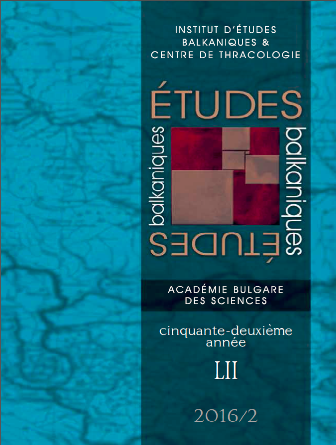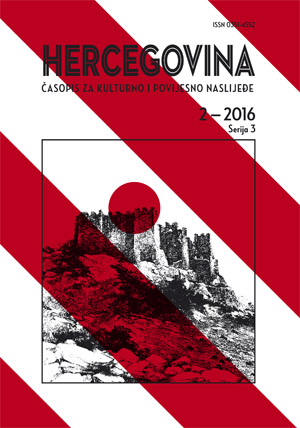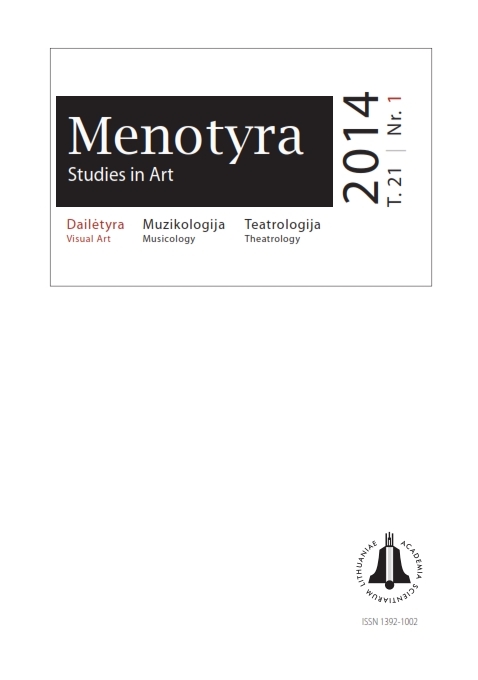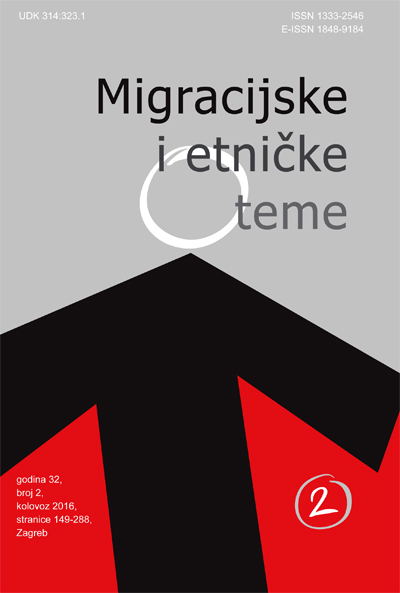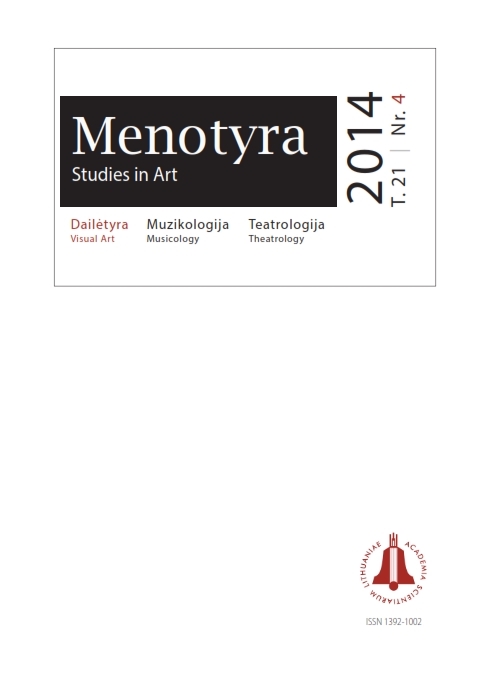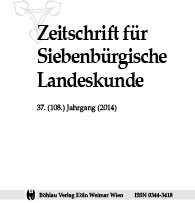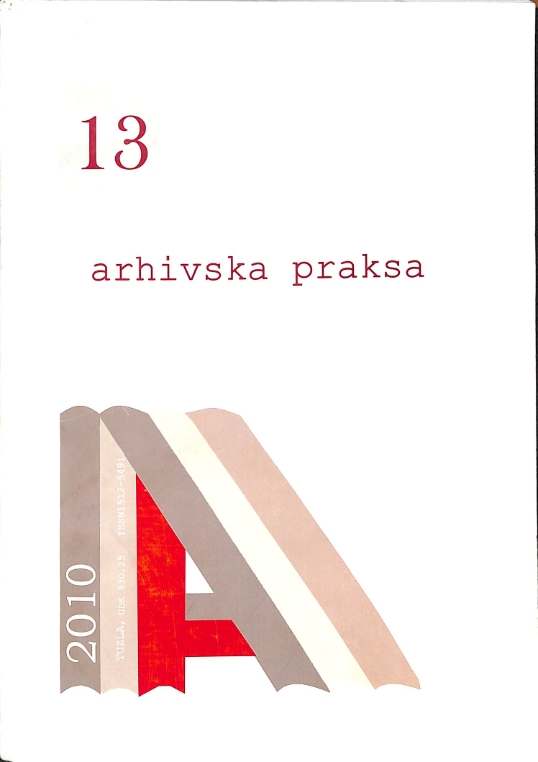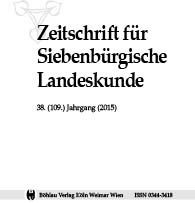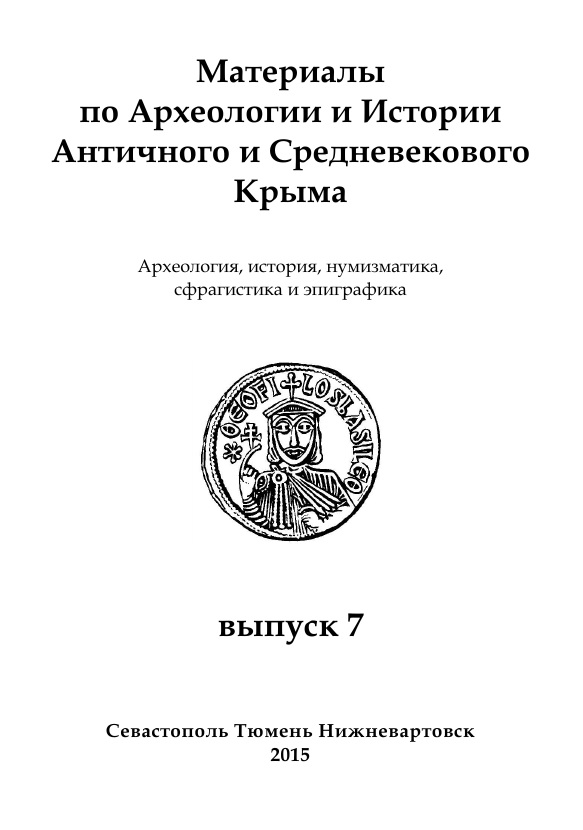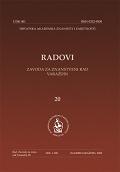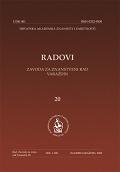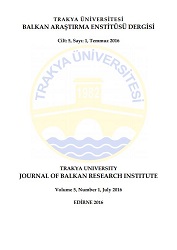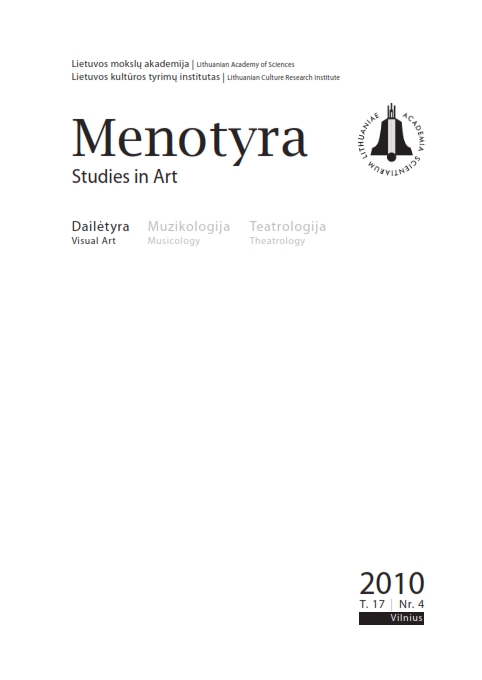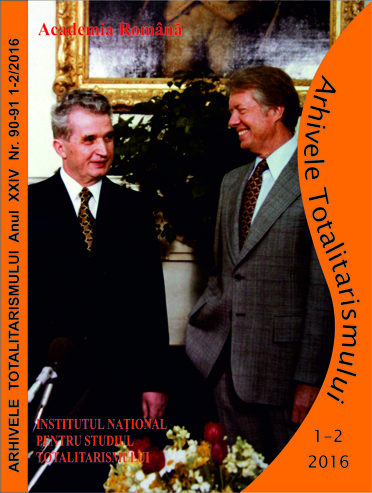Author(s): Mateo Žanić,Krešimir Kufrin,Dražen Živić / Language(s): Croatian
Issue: 2/2016
Considering the dynamic character of memory in modern times, this paper analyzes the ways of forming the culture of memory of the Battle of Vukovar in Croatia and the key discussions about it. It is assumed that remembrance is still important for the members of society, but its meaning and values are changing in response to the change in social relations. The content of remembrance has multiple layers that intertwine, but in critical periods, there is still a desire to code the significant events in the same manner. With that understanding of remembrance as a starting point in modern society, a question is posed about the existence of change in the remembrance culture of the Battle of Vukovar in the last 25 years and the way those changes can be interpreted. Cultural sociology developed an interpretative approach which can be used to investigate this research topic.Interpreting the changes in the production and reception of cultural remembrance is based on available scientific papers, media articles, interpretation of key parts of cultural remembrance (books, movies, memorial services), and on the results of an interview-based empirical research. It is found that there are three stages in which the culture of memory was actualized in different ways.In the first stage, which encompasses the period of exile (from 1991 to 1998), it was important to remember the Battle and the city before the war, so it could be restored when the citizens return. Various exhibitions and memorial services were organized, many statues built in this period. It is interesting to note that some of the Croatian most famous painters painted the motifs of Vukovar, thus encouraging the symbolic reconstruction of the city as well as keeping the memory alive. The Wall of Pain was built in in Zagreb in 1993 and some consider it the most authentic monument of the Croatian War of Independence, next to which the banished citizens of Vukovar often organized different commemorations. Nevertheless, the highest number of remembrance culture contents in this period belongs to the narration of remembrance, i.e. autobiographical and fictional writing about Vukovar and the Battle. Many survivors released books about their experience, writers wrote essays and poems about Vukovar, and the works of P. Pavličić and S. Glavašević evoked the strongest response in the public. Even though there are ongoing debates about whether the city could have been defended, whether it could have been returned under the sovereignty of the Republic of Croatia earlier, and whether the displaced population could have gotten more help, Vukovar is perceived as a key place of resistance to aggression against Croatia. Such representation of the city emphasized the need for the banished citizens to return to the city and to return the European spirit existing before the war to Vukovar.In the second stage, lasting from 1998 to 2013, the idea that memory is a base for the fight against relativization of truth predominates. The key is to find out how cultural remembrance can transmit the truth about the battle and how it should be reflected on the social order in the city. That question was kept in mind during the renewal of the city and the building of new places of remembrance. The need to differ the aggressor and the victim was insisted upon, while Serbian representatives and Croatian politicians tried to relativize the relation between the aggressor and the victim. The first movie that dealt explicitly with the subject demonstrated how sensitive it was to show the Battle of Vukovar, its heroes and victims. The movie “Remember Vukovar” was first aired on Croatian television in November 2008 and it provoked a number of negative reactions from defense soldiers, which even contemplated suing the director. During that time, special attention was directed towards the International Criminal Court for war crimes in ex-Yugoslavia. Some of the verdicts were not well received in the society of remembrance, especially the verdicts for the “Vukovar Three”(V. Šljivančanin, M. Mrkšić and M. Radić). However, when Generals A. Gotovina and M. Markač were acquitted of war crimes on 16 November 2012, many concluded that Croatia won the legal war as well, and that the truth about the aggressors and victims was finally confirmed. In the third stage, after 2013, the main aspect of the remembrance culture is the discussion of the importance of the Battle of Vukovar for national identity and inside politics. The results of the 2011 Census showed that there were 34.9% of Serbs in Vukovar. The representatives of the Independent Democratic Serb Party demanded to be allowed to use Serbian language and the Cyrillic alphabet on the basis of that data. That caused debates in Croatian public, because it meant that the city that had been occupied until 1998, would again have street names in Cyrillic. That led to disagreements about the implementation of The Constitutional Act on The Rights of National Minorities in the Republic of Croatia in Vukovar. The attention was mostly focused on the valuation of heroic deeds and victim suffering in the Croatian War of Independence in comparison to other national goals. The division was especially noticeable during the memorial service for the Vukovar Remembrance Day in 2013. Vukovar then became an important part of the national identity and politics, where one side believed that the biggest problem was the lack of respect towards the victims, while the other side was more concerned about the fact that the civil rights of minorities were not respected. This period is predominated by the tension surrounding the rutinization of memory. Rutinization is a process predominated by debates about whether one historical event should be reconstructed using facts and given over to institutions, or it should get wider symbolic value, important for formation or preservation of the group’s opinion about itself. Some of the participants consider de-mitologization and de-emotionalization of historic events important, while others think that historic events develop the distinctive character of a group, and it is not possible to be emotionally detached when taking the standpoint of the victim.It is concluded that the shifts in the interpretation of the importance of memory of the Battle of Vukovar suggest that there are different aspects in which the importance of the culture of memory is reflected in contemporary society. Acceleration of time, the greater number of ways to spread information about the past and the number of participants interpreting it influence the change of understanding of the past, in the way that its quick reinterpretation and revaluation becomes more possible, without making it less important.
More...
